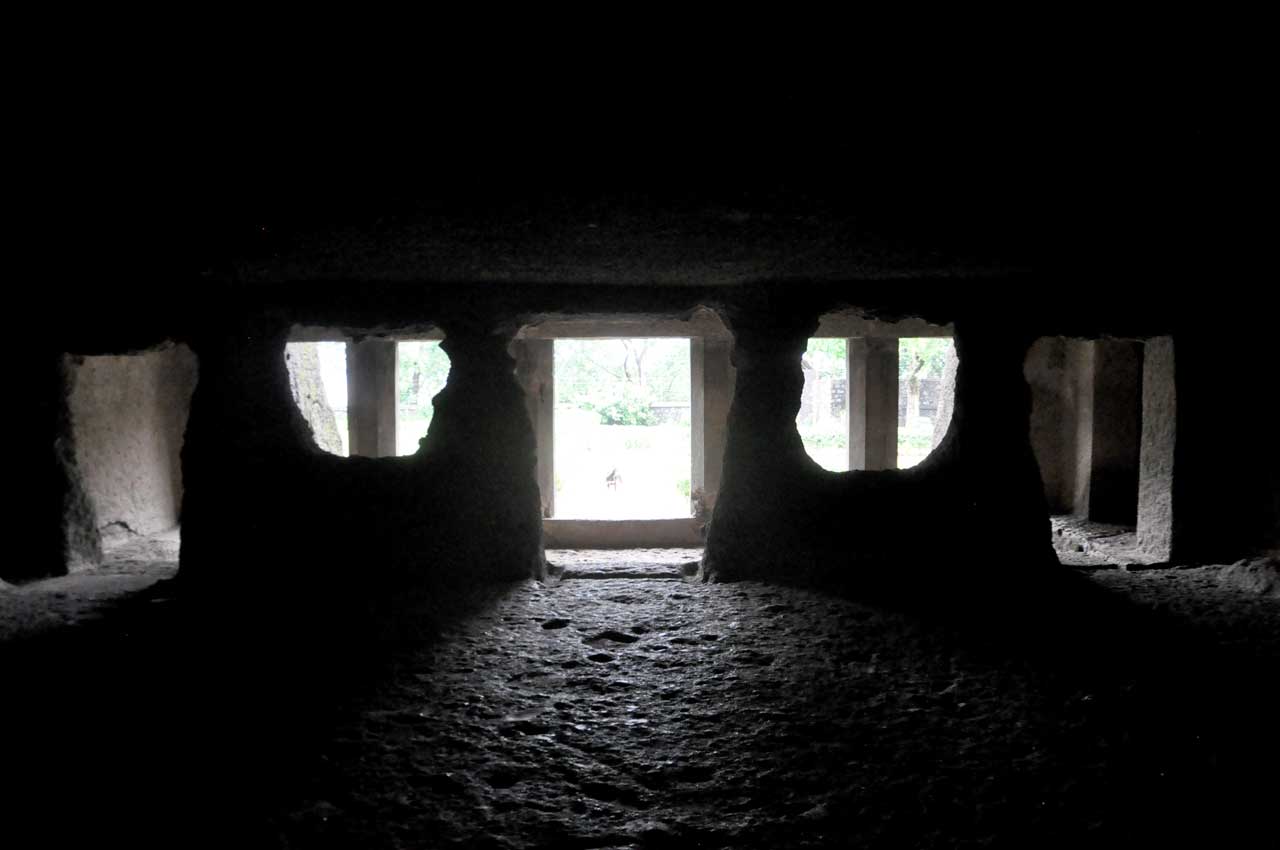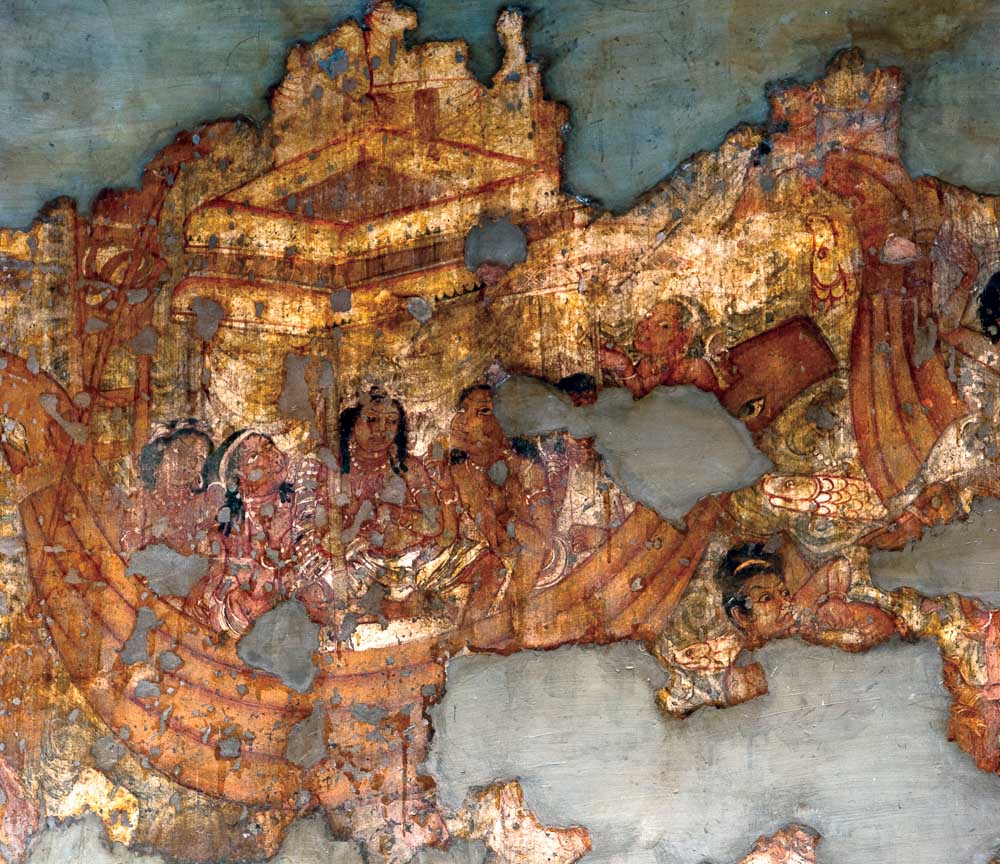Month: June 2019
-

Ajanta Cave 2
Cave 2 is an edifice of late fifth century CE. Its ground plan is similar to Cave 1, comprising a veranda, a square hall, and a shrine with antechamber. Altogether, there are fourteen monastic cells including two pillared-chambers on the either ends of the veranda. This excludes the pillared chambers flanking the shrine antechamber inside…
-

Prof. Lokesh Chandra’s reflections on guhā (caves)
Below is an excerpt from an essay by Prof. Lokesh Chandra, which reveals the raison d’etre of the caves, cave-dwelling, and cave temples (2005). “Caves were the earliest habitations of man. Long after they were not needed for habitation, these caverns drew men to their depths and stirred the spirit as well as the eye.…
-
Roadmap
2025-25. Ajantapaedia: Digital Encyclopaedia of the Ajanta Caves Ajantapaedia represents a groundbreaking initiative aimed at creating an exhaustive digital archive for the Ajanta Caves. This project seeks to meticulously catalog thousands of scientifically documented photographs. Our mission is to capture and illuminate every facet of the Ajanta Caves, thereby bringing their profound cultural and historical…
-
Editorial Policy & House Style of Ajantapaedia
Introduction Ajantapaedia stands at the forefront of integrating digital humanities with archaeology. As a vanguard initiative, it is dedicated to advancing ‘frontier research’, as defined by the European Research Commission. This endeavour bridges the gap between basic and applied research, underpinned by a steadfast commitment to scientific rigour, which is reflected in our editorial policy…
-

#80. Māravijaya
Ajanta Cave 1. The narrative was identified by Griffiths (Burgess 1879, 14). The legend is from the life of the Buddha.—Indra, disguised as a grass-cutter, offered a bundle of straw to the Bodhisattva who had reached the stage just before the enlightenment. The Buddha first sat in the vajrāsana posture (vajrāsanam abhiruhya or Diamond Seat),…
-

#38. Mahoṣadha
Ajanta cave 1 The narrative was identified by Goloubew (1927, 16). A prince was banished from his kingdom due to a court intrigue. He managed to reach Videha, his uncle’s kingdom. Shortly, the uncle died. So, the prince was crowned as the king of Videha. He found that there were six very corrupt ministers. So,…
-

#41. Kalyāṇakārin
Ajanta Cave 1 The narrative was identified by Schlingloff (1976, 5–16). Two princes, Kalyāṇakārin (‘Doing Good’) and Pāpakārin (‘Doing Evil’), bore the characteristics of their names. Once, Kalyāṇakārin, accompanied by Pāpakārin, embarked on a sea voyage in search of wealth as endless charity had emptied out the royal coffers. During their voyage, Kalyāṇakārin found a…
-

#45. Janaka
The narrative was identifiied by Goloubew (1927, 16). King Janaka of Videha believed that a person’s willpower was responsible for his successes. Once he was rescued from a shipwreck by a deity after he managed to keep afloat for a while on the sheer strength of his will. His will power also helped him secure…
-

Bibliography: Ajanta
Note. The following works have been cited / referenced in different pages of this website. Clicking on the in-text citations in those pages or posts will bring the user to this page. Begley, W. E. 1966. The Chronology of Mahāyāna Buddhist Architecture and Painting at Ajaṇṭā, = Ph.D. thesis, University of Pennsylvania, Ann Arbor. Burgess,…
-

#59. Śaṅkhapāla
Ajanta Cave 1 The narrative was identified by Foucher (1921, narrative no. 13). A nāga (serpent) king named Śaṅkhapāla visited a hermit to find out the reason behind his rejection of the worldly life. The hermit instructs the nāga king that he must practice asceticism to be reborn as a human. Thereafter when Śaṅkhapāla was…
